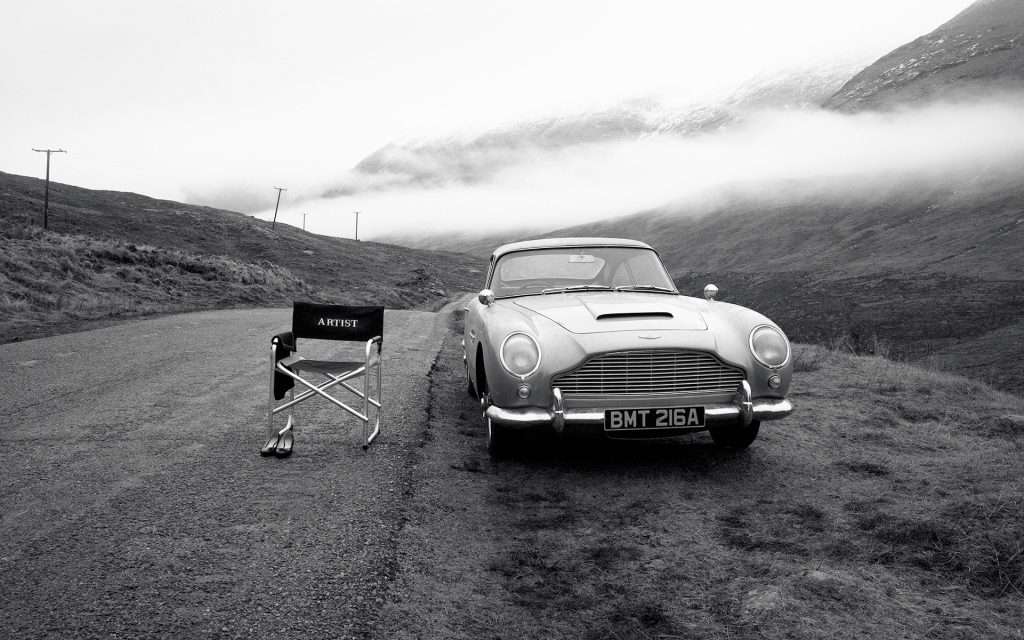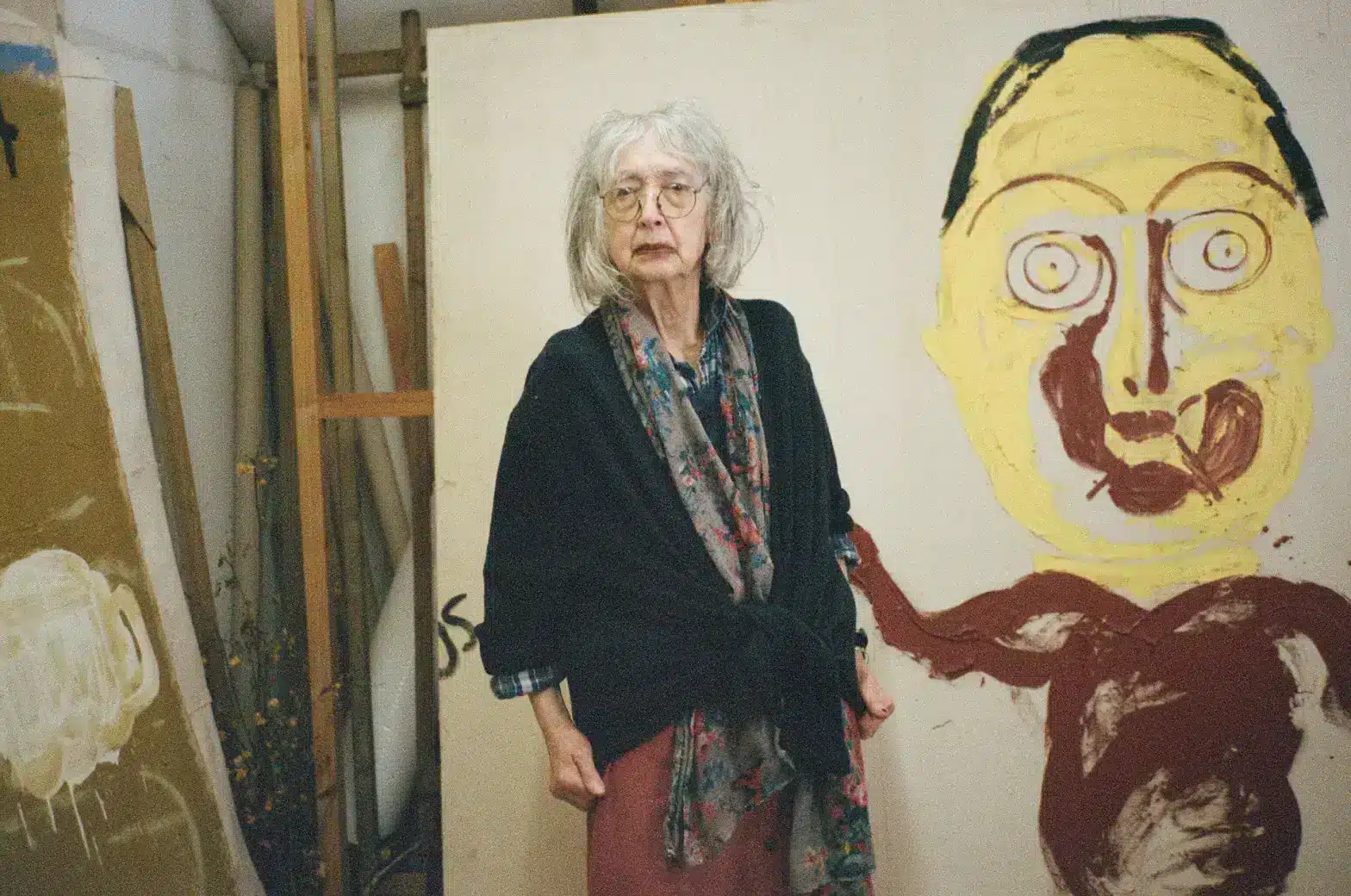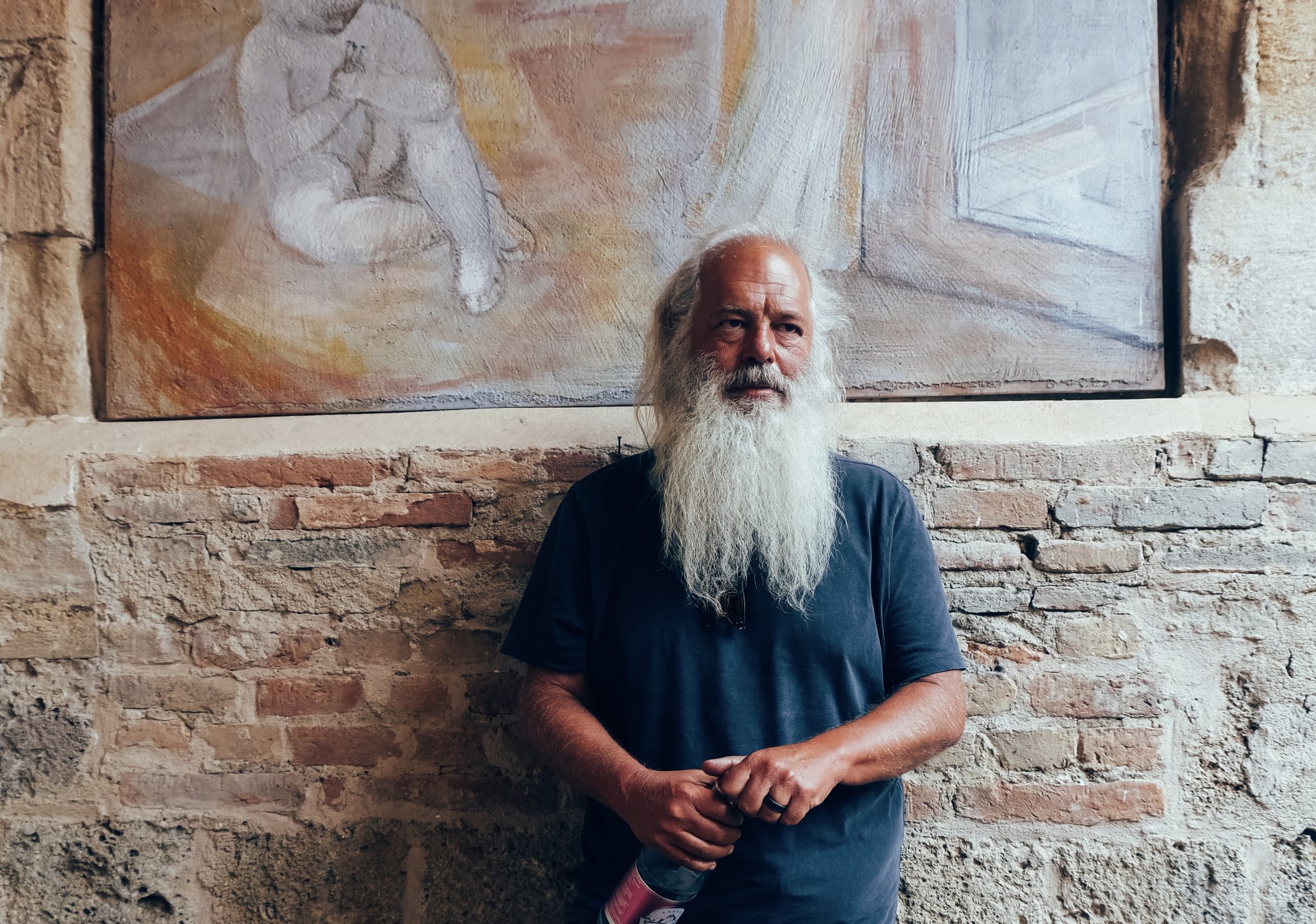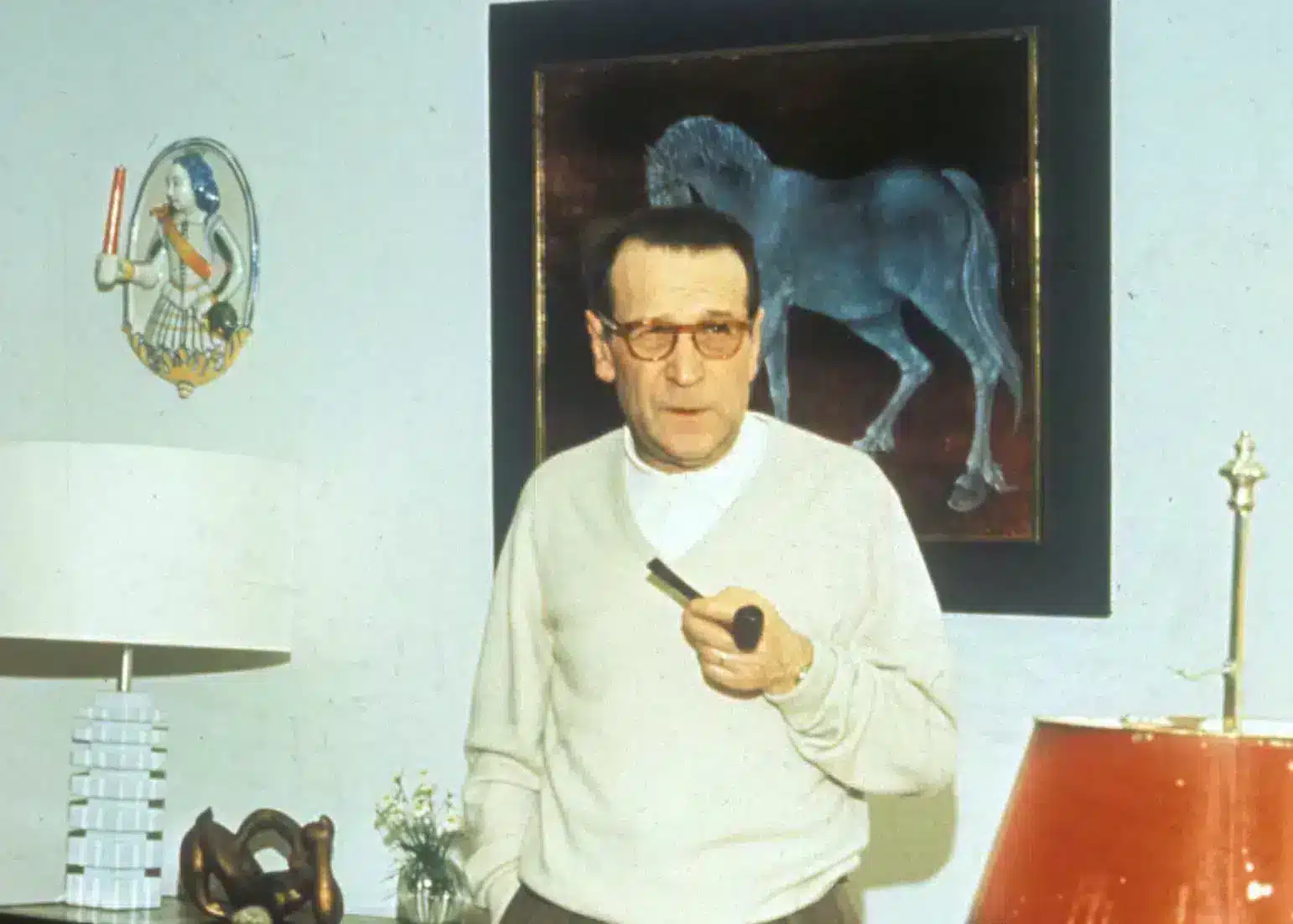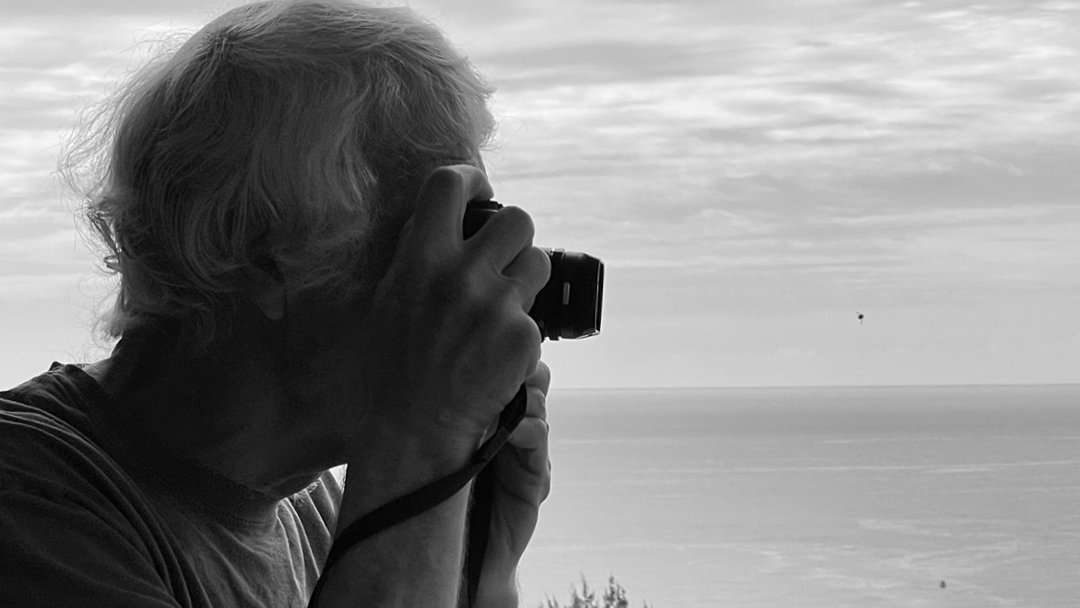
Sir Roger Deakins has been waiting a long time to share his still photography. It was a matter of circumstance—and free time in his demanding schedule—that led to the publishing of Byways, a monograph that compiles his black and white images from as early as 1971. But how does the Oscar-winning cinematographer, whose work with Sam Mendes and the Coen Brothers has put him as arguably the greatest of his era, see the difference in his still photography work? Speaking to Chris Cotonou, Sir Roger Deakins shares his thoughts on the correlation of film and still photography, and selects a few of his favourite images from Byways.
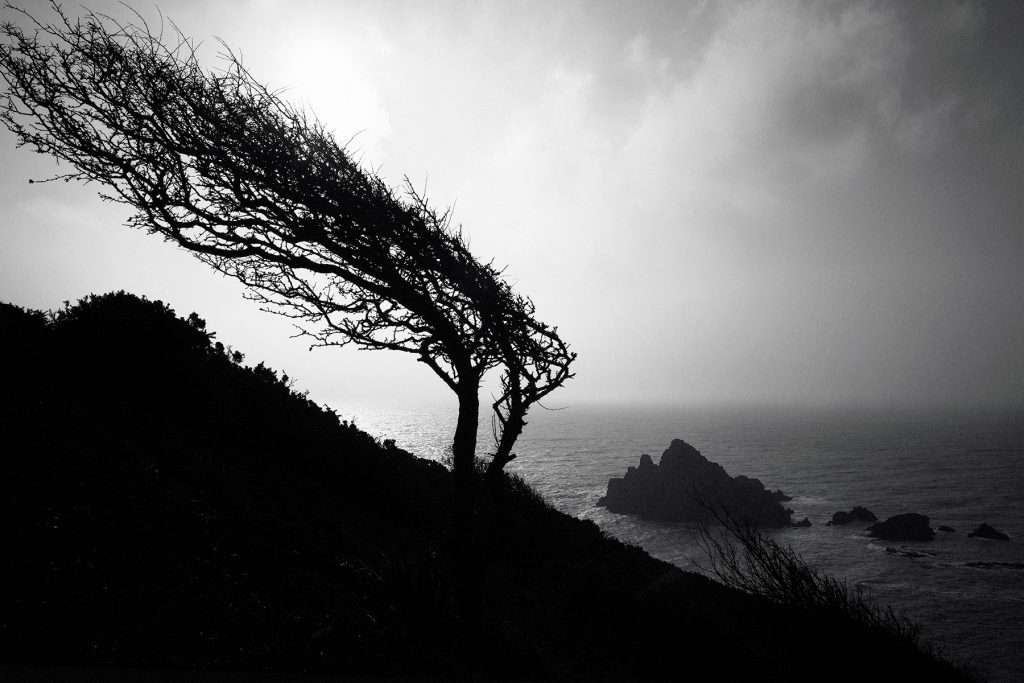
I’ve always thought colour was a bit of a distraction. I grew up in the late 60s when most photography was black and white. But I’m very much more into the simplicity of black and white. It’s more about what you see in the frame and through the composition. I didn’t have a camera until I was at art college. That’s when I started thinking about photography. They put me on a graphic design course, but I really wanted to be a painter. And I was unhappy until I started taking photographs as a way to help illustrate a book cover or something like that. I then met Roger Maine, who was teaching there part-time, and I bought a camera, and I think it must have been a really cheap camera—a Praktica. The lens was plastic. But it did what I needed it to do, and helped me discover what I wanted to concentrate on—which would then become cinematography. I spend a lot of my time trying to take street photographs, and with that you need to spend a lot of time just wandering around until something catches your eye. Some photos in the book are purely there because they stand in for a part of my life shooting documentaries, like the round-the-world yacht race. I mean, I hardly took photographs because really, I was making cinema. Whatever I put in the book stands for a longer period of my life than for what they represent.
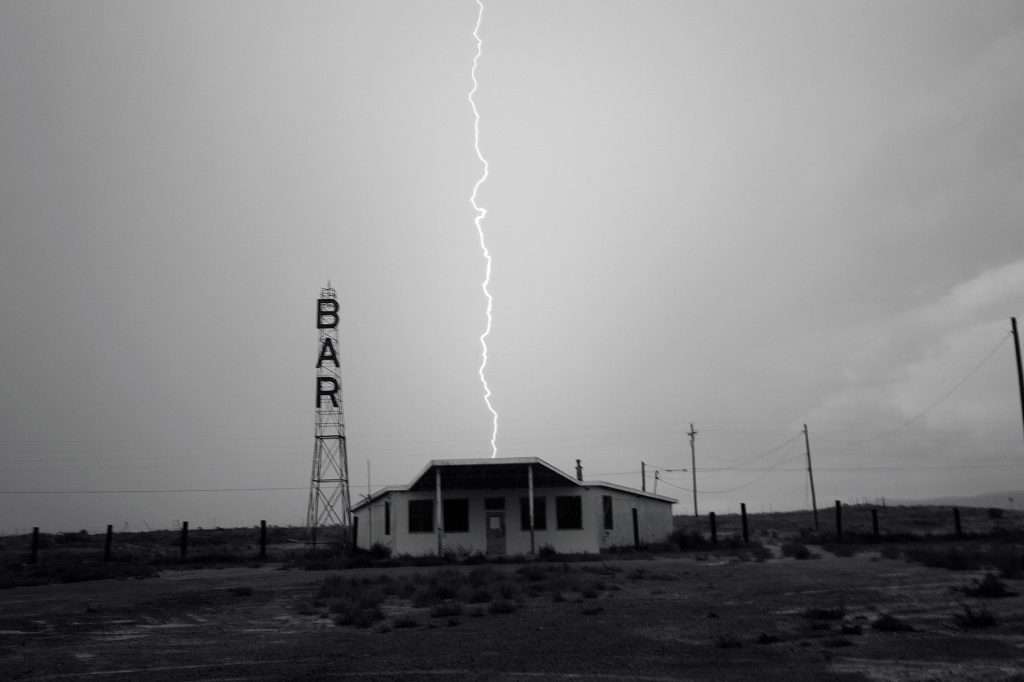
My favourite photograph changes from day-to-day. There’s a photograph I took of a woman standing at a bus stop in the rain with an umbrella over her. It’s in Weston-super-Mare and she’s sort of looking at a poster that’s on the other side of the frame. And the photo of a woman lying naked in the sun in some holiday resort. I’ve always liked that photograph because it tells a story and also poses questions. I also think it’s kind of humorous and those are the elements I gravitate toward ideally.

I don’t know if you can capture perfection. Film is different, because in film I never like anything I’ve done. It’s only three or four years after I think, ’well that wasn’t so bad’. But throughout the process, you only ever see the flaws, and you’re also aware of the things you didn’t do. Introspectively, you realise what you should have done—whether it’s colour or in timing. That’s hard to take. In photography, you’re always thinking about the shot you missed. The moments that passed you by.
There’s excitement in the moment. I love wandering around with my camera because I feel there’s no pressure for me to produce anything. It’s for my own pleasure. It’s a hobby. Whereas with a movie, there’s a lot of anxiety because you have to give something—you have to stick to a shooting schedule and cope with situations that you might not be prepared for. There’s never a conscious crossover. I think anything you do informs the way you relate to what’s in front of you at that moment. It’s like going to a museum and seeing an artist you weren’t aware of. It all takes an influence on you; like seeing the sunrise on a morning walk. It all has an effect somewhere, but I never consciously think of anything I do. You have to work instinctively. Find a spontaneous reaction.
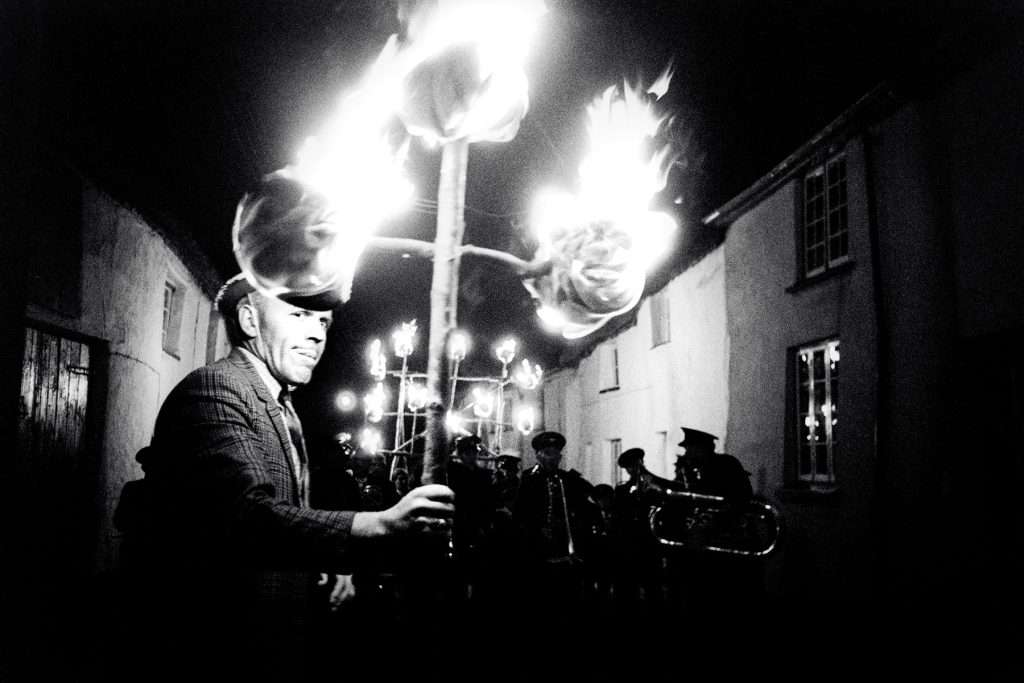
I’m sure there’s a connection when it comes to my composition. I mean, I hope it’s true. It’s all about your personality. That’s the satisfaction of shooting movies—I’m not a director, I’m a cinematographer, but I’m putting a lot of myself into the final result. I think going out and taking a photograph is more personal and more open.
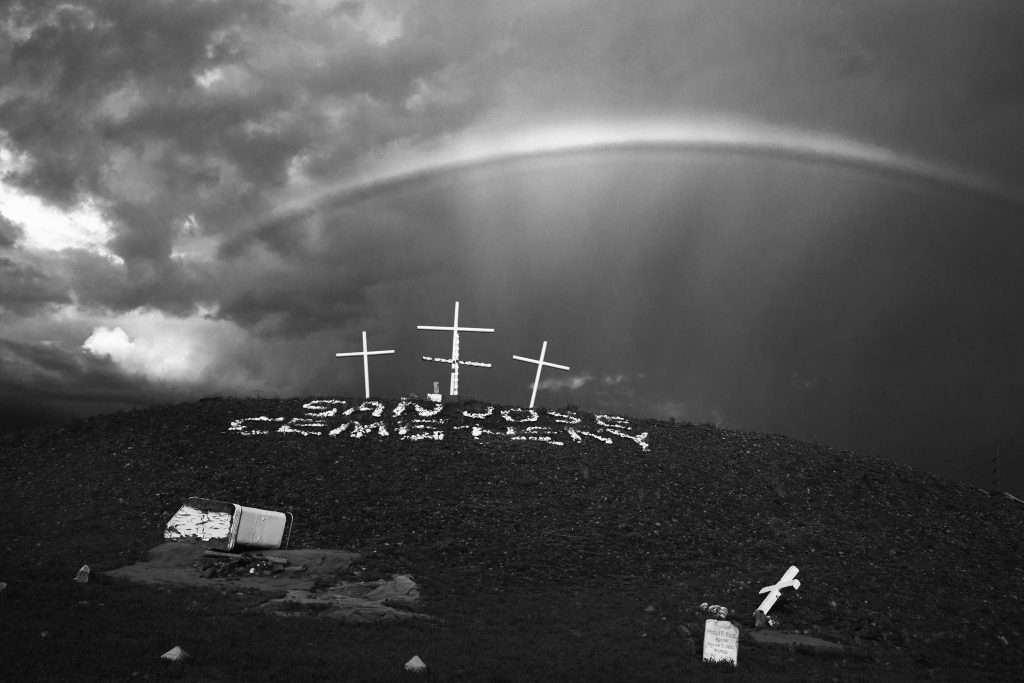
I don’t have a problem with the film industry leaning more into
digital. I’ve been shooting digital as long as anybody. In fact, O Brother Where Art Thou was the first time a film went through a digital finish. But I think there’s too much chat about technology. You can take a great photo on an iPhone. It doesn’t matter what you’re using, it’s what’s in the frame. That’s what’s more important. I get more upset about the kind of movies being made now [like Marvel superhero films]. They’re entertainment. But it’s not much more than that. They’re fun for the moment but they don’t stay with you. They don’t mean anything.
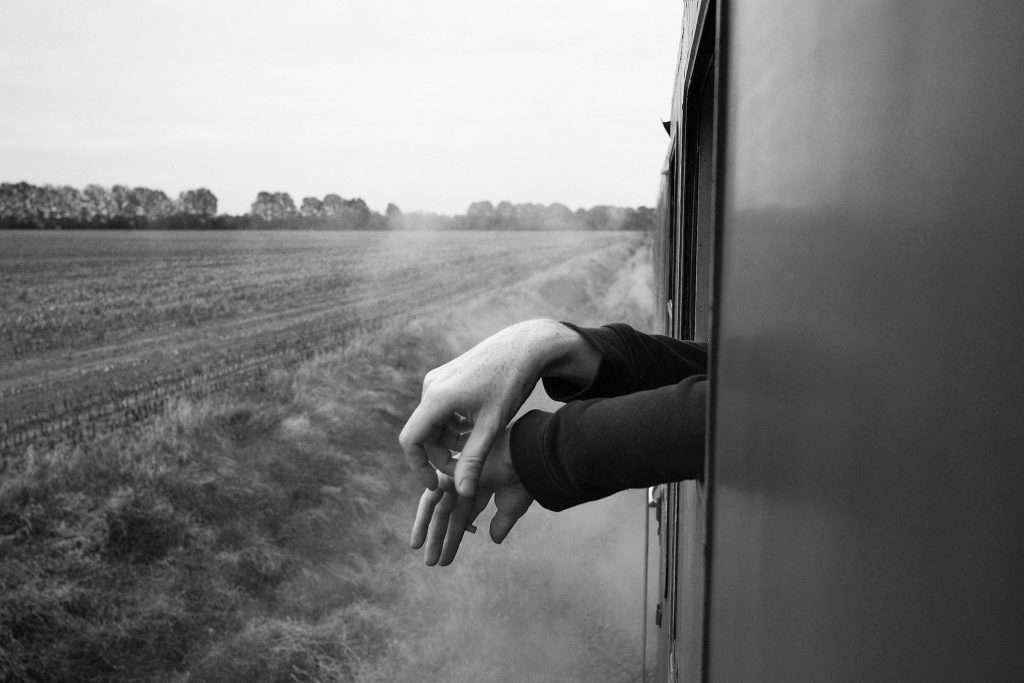
I don’t think a beautiful shot means much by itself. What is a
beautiful image to you? For me, a lovely sunset. But I’d rather go out and experience it. I think great cinematography reflects a story that has something to say. And great still photography reflects a place and a time and a moment. It’s not about beauty. It’s about how it digs down into the subject in a way that represents that moment. You look at Cartier-Bresson’s photography, and they’re simple translations of what’s in front of him. It gets to the point.
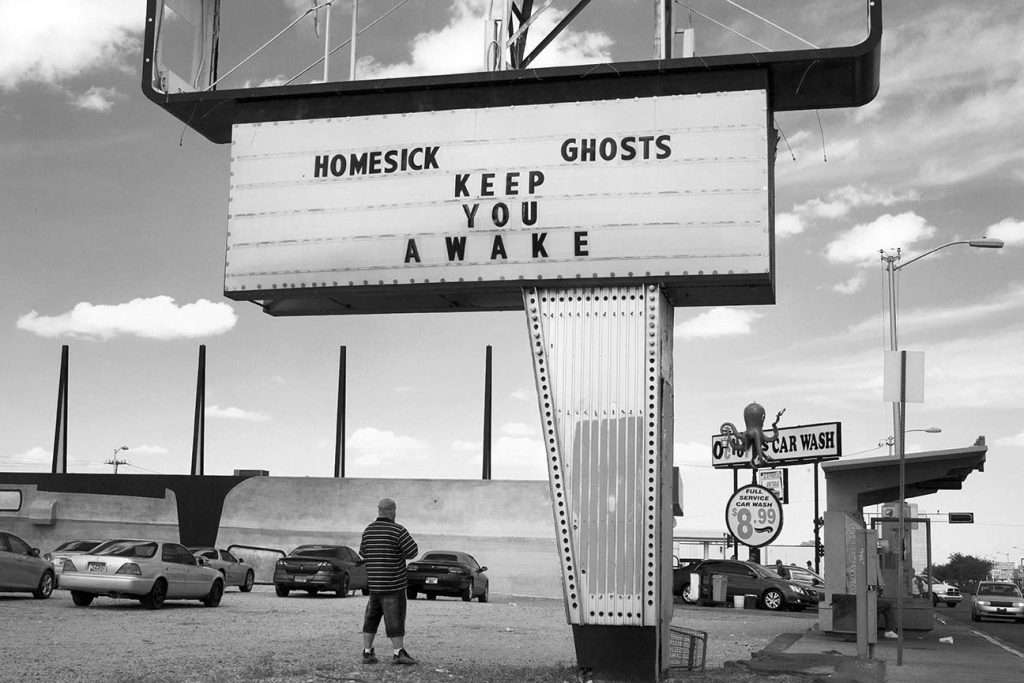
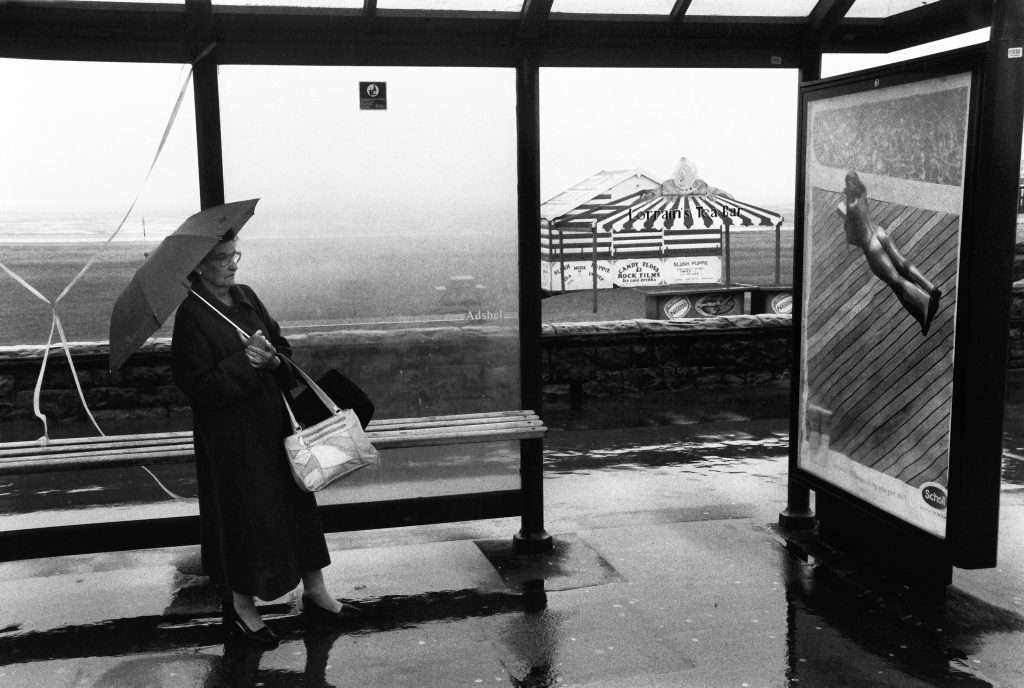
I’ve taken a few more photographs since the book came out. We’ve travelled and done exhibitions in LA, and we have one in Italy and Poland. At the moment, we have an exhibition in a gallery in Tulsa, Oklahoma and in Las Vegas. I suppose it’s all an excuse to wander and take new photographs.
